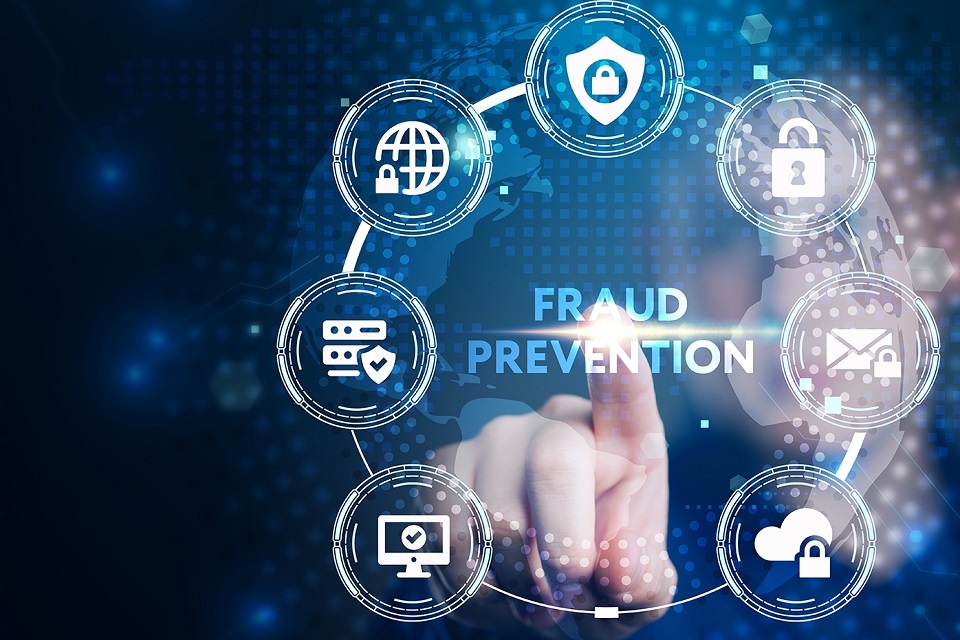Table of Contents
Fraud is a real issue that can impact businesses of all sizes. Thankfully, there are solutions to prevent fraud and protect your company from the financial loss it can cause. Modern technologies like AI, ML, and biometrics can be used to identify fraudulent activity. They can also help you save time and money by automating processes.
Artificial Intelligence
Businesses can reduce fraud losses significantly by combining automatic monitoring, anomaly detection protocols, and artificial intelligence. According to a recent Association of Certified Fraud Examiners study, companies that use these systems get fraud cases under control in half the time and reduce loss by more than 50%. As fraudsters evolve their techniques, businesses must likewise enhance their capabilities. The best way to do that is by embracing innovative technology to identify emerging trends and detect complex scams in real time without impacting legitimate transactions. The answer is advanced data analytics, which combines predictive and adaptive analytics, including AI (artificial intelligence). In the past, fraudsters would steal money or customer trust after the fact, but newer technologies enable financial institutions to detect fraud in real-time with fewer false positives. For example, anti-money laundering tools can spot suspicious transactions by analyzing behavior patterns, such as nefarious activity, customer account takeover and digital payments. Other types of data analysis that can detect fraud include sentiment analysis, which examines customer reviews and ratings to gauge how a brand is perceived, and facial recognition technology, which uses algorithms to analyze the unique features of a person’s face and body to identify them in photographs. By leveraging these technologies, businesses can protect their customers and improve their experience.
Machine Learning
As businesses and financial institutions struggle to keep pace with customer expectations for a seamless digital experience, fraudsters can exploit these gaps in the defense. This makes it essential that technology is integrated across channels to thwart attacks from every direction, reducing the risk of financial crime and mitigating the associated reputational damage. Fraud prevention solutions must be able to identify patterns, detect anomalies and respond quickly and rapidly. They must also be flexible and agile enough to adapt to the dynamic fraud landscape. Using machine learning, computer programs are programmed to recognize patterns that may indicate a fraud attempt. They can be trained to identify various fraudulent activities, from online review fraud to identity theft and data breaches. These systems can analyze large volumes of data to identify and score a person’s risk profile and automatically identify potentially fraudulent transactions in real-time. Robust technology for fraud detection provides a secure and seamless customer experience and helps build loyalty and long-term trust. It also enables businesses to protect their reputation and reduce financial losses while attracting new customers who prioritize security and peace of mind. Fraud prevention solutions that leverage advanced data analytics can help companies predict conventional tactics, uncover emerging schemes and decipher organized fraud rings. This will start to turn the tide of fraud losses and ensure that businesses remain secure in today’s digital world.
Biometrics
Biometrics like fingerprint scanners, facial recognition software and iris scanners are becoming increasingly popular across different sectors, especially online banking platforms. Whether using an advanced fingerprint sensor on a smartphone to log in or verifying a customer’s identity by recognizing their face, these types of systems offer greater security and convenience compared to traditional methods such as PINs and passwords. As a result, banks are seeing significant financial gains from integrating biometric technology into their mobile app authentication processes. Many are already relying on voice recognition, for example, to replace the need for customers to provide their name and account number when calling the bank’s customer service line. Unlike traditional forms of authentication, body measurements and behavioral biometrics are difficult to steal, spoof or forget, making them a stronger, more secure form of identity verification. They also reduce the risk of hacks and breaches through stolen credentials, lost devices or unsecured domestic Wi-Fi networks due to work-from-anywhere (WFA). The challenge with these technologies is that they often collect highly personal and sensitive data. This should be considered before implementing them, as the information they collect could be used for other purposes besides fraud prevention. For example, behavioral biometrics can reveal a person’s habits and preferences, which could be used for hyper-targeted marketing or even discrimination.
Predictive Analytics
A predictive analytics system can detect and prevent fraud in real-time without human intervention. These systems use machine learning to identify patterns of fraudulent behavior and then look for those same patterns in the future. This allows for more precise detection of fraudulent activities and reduces the risk of false positives. Remember that predictive analytics isn’t a silver bullet and should be combined with other anti-fraud measures. Collecting high-quality data and cleaning it before feeding it into a predictive model is also important. This includes verifying it against different sources, removing redundancies, and standardizing the format. Fraudsters constantly evolve, and traditional rules-based fraud prevention methods can’t keep up. The good news is that there’s a wealth of data available to financial organizations that can be used to detect and predict new threats. By analyzing this data, companies can ensure that their fraud prevention systems are always up to date. Insurance companies are maximizing the benefits of predictive analytics to fight fraud and improve operational efficiency. Reducing the number of manual interventions required during a fraud investigation can shorten turnaround times and free up employees to focus on more value-adding tasks.





No Comments